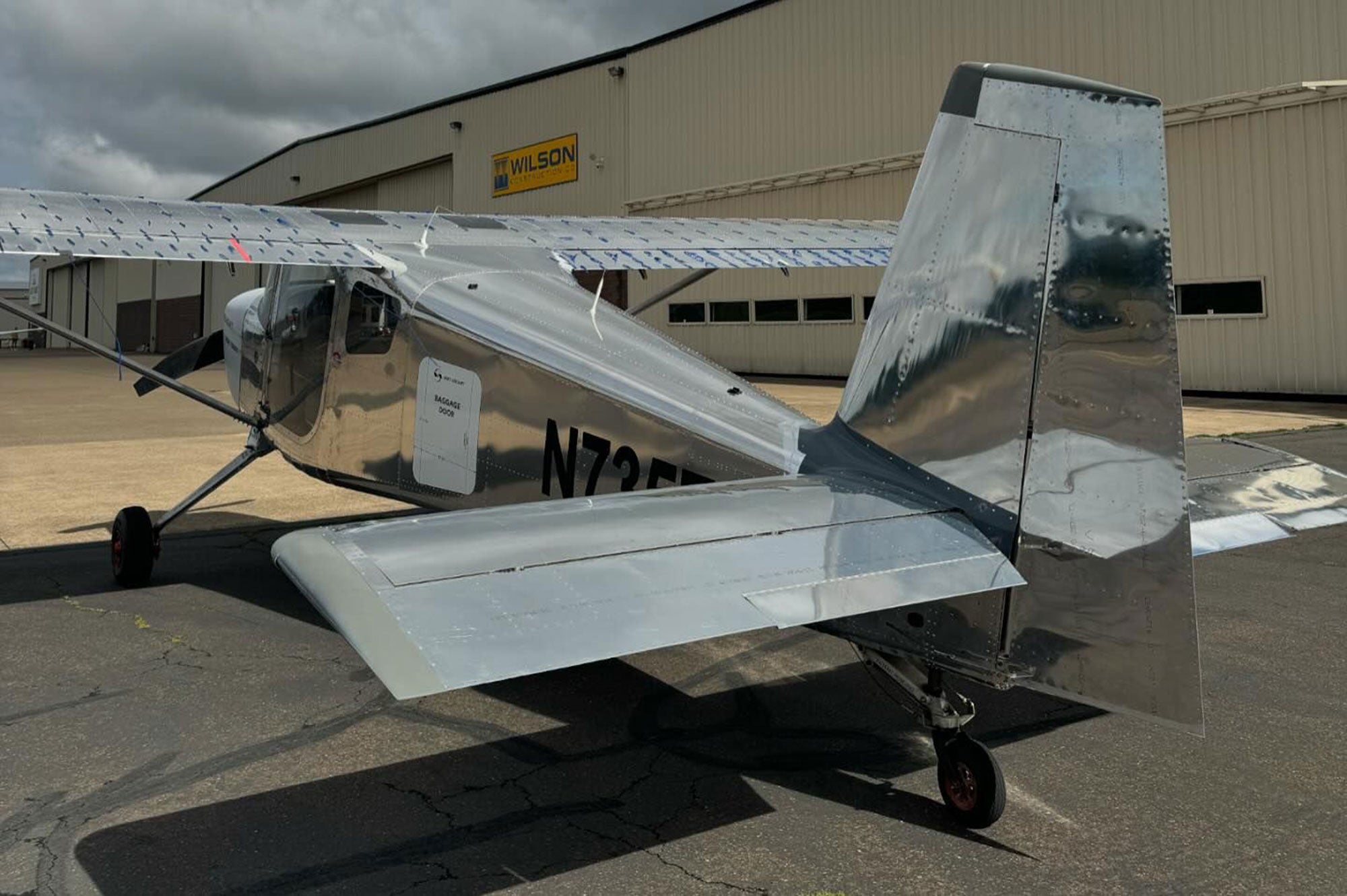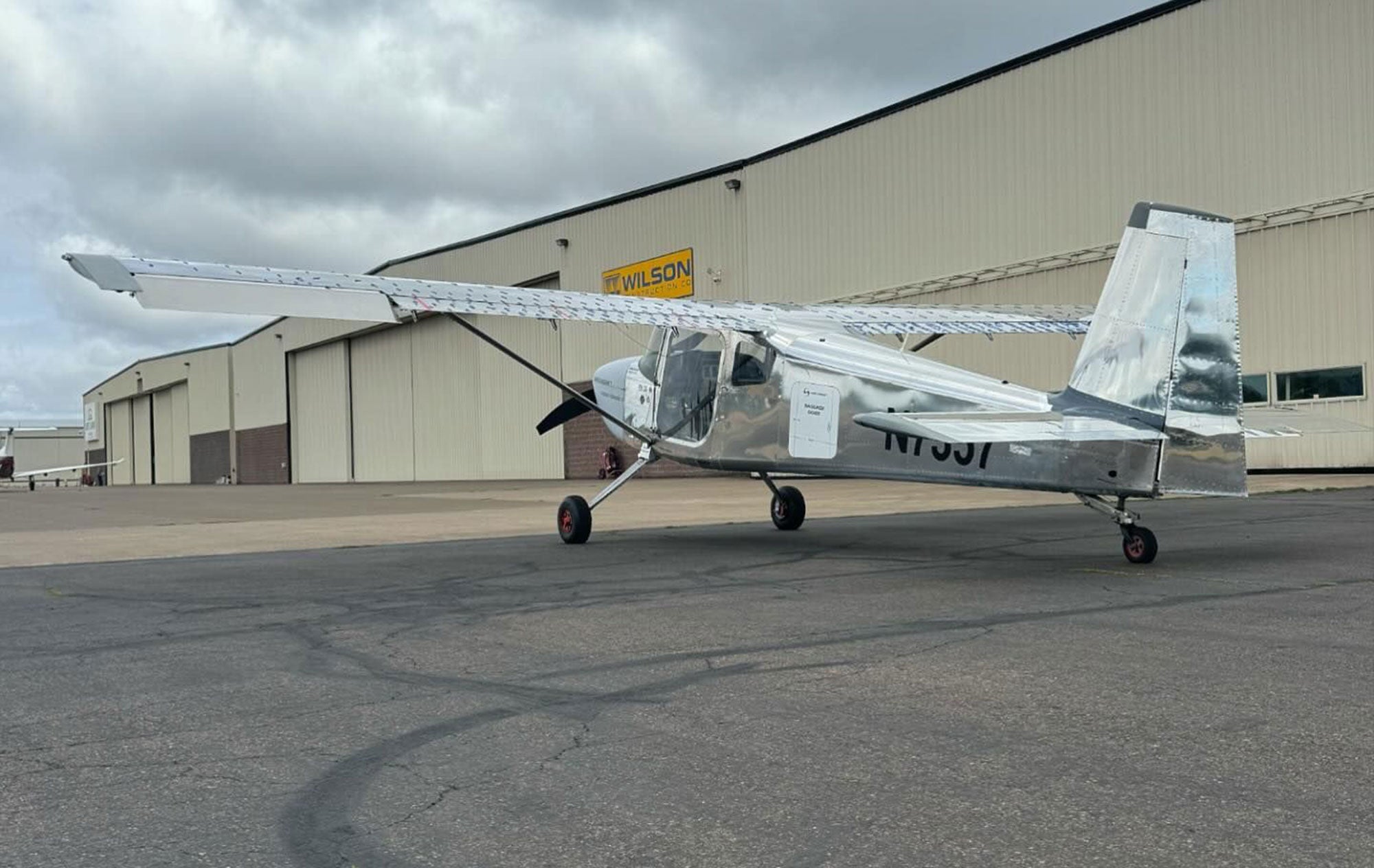 Van’s Aircraft is continuing its development of the RV-15 utility airplane. As evidenced by photos shown on social media, the company is testing an entirely different horizontal tail. Originally conceived with a stabilator—similar to the RV-12’s—the RV-15 is now sporting what appears to be a modified RV-10 tail that is a conventional stabilizer and elevator combination.
Van’s Aircraft is continuing its development of the RV-15 utility airplane. As evidenced by photos shown on social media, the company is testing an entirely different horizontal tail. Originally conceived with a stabilator—similar to the RV-12’s—the RV-15 is now sporting what appears to be a modified RV-10 tail that is a conventional stabilizer and elevator combination.
You may recall that Van’s tried several configurations of the stabilator, with different anti-servo and trim-tab configurations as well as a different tab-gearing system to improve the airplane’s pitch handling. Van’s hasn’t said what specific traits it’s trying to improve but the move away from the stabilator suggests the solution wasn’t to be found with the original concept.
According to the posts, Van’s has also made other less-obvious changes. First, it has moved the flap handle from the ceiling to the floor, a much more conventional location. It has also said that it has improved the aileron control system. While it’s not been officially mentioned, we’re aware that the company has also tried reducing wingspan in its efforts to see which configuration works best for the design. Recall that Van’s was adamant that the first article was not really a prototype in the normal sense—because we all think a prototype leads directly to a production version. Instead, the first RV-15 was considered an engineering mule by the design staff, with changes always expected.
Finally, it’s also worth remembering that the RV-15 you see here is still the first article. Van’s says it will still make significant changes to the fuselage in the next iteration—moving the wing and engine—that are not carried out here.














I think this will be my next build and I can’t wait to get started. If not this, a -10 will be next.
Good for Vans. As a test pilot, I have a very negative view of using stabilators in manually controlled (non-hydraulic) systems. Certain failure modes can be extremely dangerous.